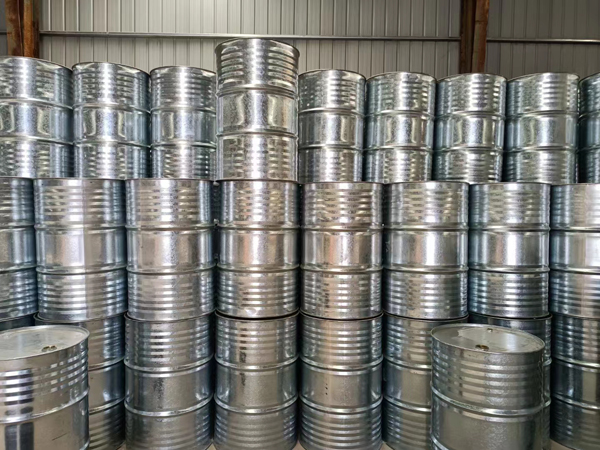Polyether

| Physical and chemical properties |
Color Odor State: Colorless to light yellow or milky white viscous liquid Toxicity: Non-toxic |
||
|
Flammability: flammable |
Density: 1.03 |
||
|
Volatility: Not volatile |
Corrosive: Non-corrosive |
||
|
Boiling point: >200°C |
Stability: oxidizable |
||
|
Melting point: 60-50℃ |
Acidity and alkalinity: neutral |
||
|
Hygroscopicity: Moisture absorption |
Viscosity: High |
||
|
Solubility: Not easily soluble in water, easily soluble in organic solvents Flash point: >230°C |
|||
|
Various numbers |
CAS: 9003-11-6 |
HS: 3907209000 | |
|
Uses |
It is mainly used in the production of polyurethane soft foam, polyurethane rigid foam, coatings, adhesives, sealants, elastomer products, and can also be used in the production of hard foam. Widely used in refrigerators, refrigerators, refrigerated trucks, insulation boards, pipeline insulation and other fields, and can also produce foam stabilizers, paper industry defoamers, crude oil demulsifiers, high-efficiency low-foam detergents, lubricants, quenching agents, latex foaming agents, rubber lubricants and surfactants. |
||
|
Hazard category |
general cargo |
||
|
Firefighting measures |
fire-fighting, use foam, powder, carbon dioxide, water spray, a large amount of water, etc. |
||
|
First aid treatment |
Eye contact Lift the eyelids, wash with flowing water and normal saline, skin contact will not cause damage to the skin, and rinse with soap and water |
||
|
Packaging, storage, and transportation |
Containers for polyether polyols can be made of steel, aluminum, polyethylene or polypropylene. The storage temperature should not exceed 70°C. To prevent moisture absorption and oxidation, it is recommended that the container be filled with nitrogen. Packed in iron drums of 200-210 kg per drum, it can be transported in ton drums and tank trucks, and stored in a dry, cool and ventilated place. |
||
Next product: Ethylene glylol monobutyl ether Acetate

